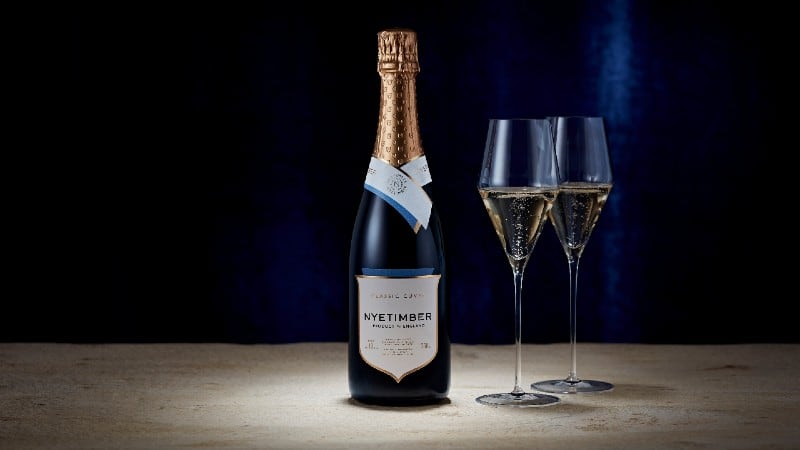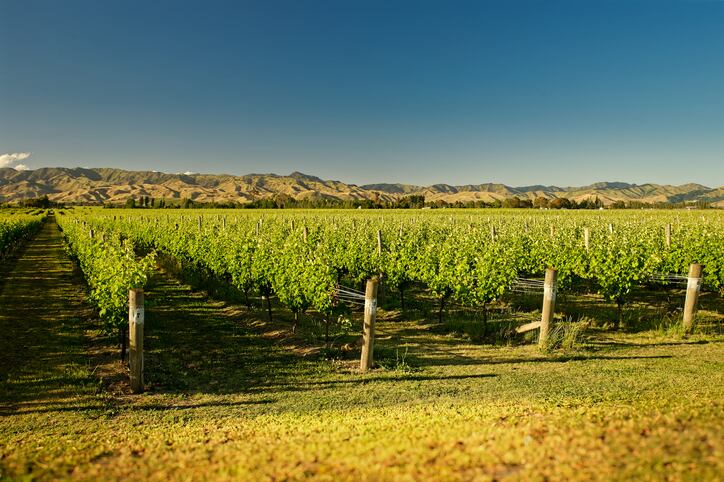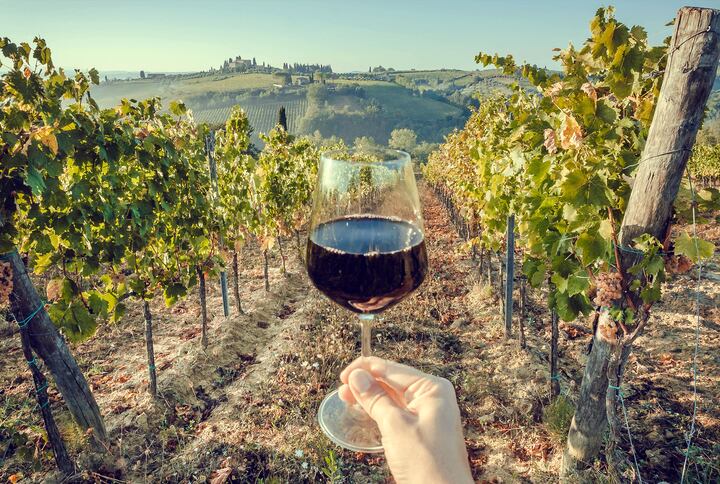Nyetimber’s range of English sparkling wines has won multiple international accolades worldwide. According to the firm’s winemakers, they view Asia as the ‘second home’ for their wines outide of their home base due to the high consumer acceptance they have experienced here, and they believe this to be solid basis to expect further growth in the near future.
“Nyetimber as a whole has seen impressive international growth in recent years, but we really would say that in Asia, especially Singapore, Hong Kong and most recently Japan, we have really found a second home,” Nyetimber Winemaker Brad Greatrix told FoodNavigator-Asia at a recent private roundtable event.
“English wine faces a lot of skepticism especially in foreign markets as people find it hard to relate England with good wine – but not so in Asia. We have seen much less skepticism in these Asian markets and managed to start out on a strong footing.”
Nyetimber Head Winemaker Cherie Spriggs added that this could also be due to a higher level of wine connoisseurship in these countries.
“We’ve found that Asian consumers really understand good wine – no fancy messaging or marketing is needed, the important thing for them is taste,” she said.
“Importantly, the cuisines in Asia also match very well with our wines, which is a big plus factor – our Rosé has been a very natural fit with many seafood dishes like salmon, and the Cuvee Chérie is a good match for savoury, spiced, fragrant Asian cuisine like Chinese, Japanese and Thai.”
In Asia, Nyetimber first launched in Singapore and Hong Kong in 2017, then later in Japan in 2019 across well-known restaurants and bars as well as major retailers. Although the duo remained coy on next targets in the region, they said that changing consumer trends and demands post-COVID-19 are also expected to further drive the growth of English sparkling wine in Asia.
“Consumers have become more willing to treat themselves to a nice bottle of wine than ever before, seeking our comfort and the little luxuries,” said Greatrix.
“I’d say that on the back of this trend, wines like English sparkling have been doing really well [in the region] and we want to continue this growth in Asia – we still think recognition is really key, so we want to grow consumer recognition of sparkling via working on more food pairings, with chefs, with sommeliers and more to help more people discover this.”
Nyetimber’s complete range comprises seven variants of wine: Classic Cuvee, Cuvee Chérie, Blanc de Blancs, Rosé, Tillington Single Vineyard, 1086 Prestige Cuvee and 1086 Rosé Prestige Cuvee. In Singapore, a 750ml bottle of Classic Cuvee retails for S$92 (US$68.63) at Cold Storage.
Unique environment and further growth
One of Nyetimber’s greatest strengths lies in the location and terroir of its vineyards – In terms of soil, its grapes are planted on chalk and greensand soils dating back to the Cretaceous period with high calcium and loam (a fertile soil) levels, in terms of climate it sees moderate temperatures allowing for slow, gradual grape ripening, and vineyards are situated at low elevation to reduce wind exposure.
“We’ve had a good harvest this year too, despite everything that’s been going on,” said Spriggs.
“The weather has been dry, calm and clear – conditions that grapes like – and we’ve managed to get through nicely despite COVID-19 even whilst having to maintain safe separation distances between people in both the vineyard and the winery.”
At present, the firm is bottling around one million bottles of wine yearly, but the aim is to at least double this in the long term.
“As the business grows and demands for Nyetimber increase, we need to continue to find suitable land to increase our vineyards – so that’s a big focus for us now,” she added.
“We’ll be working on bottling the current harvest in the short term, and expect to do around a million bottles - but the long term goal would very much be to get to the two million bottle mark to support demand from consumers [in places] like Asia.”





